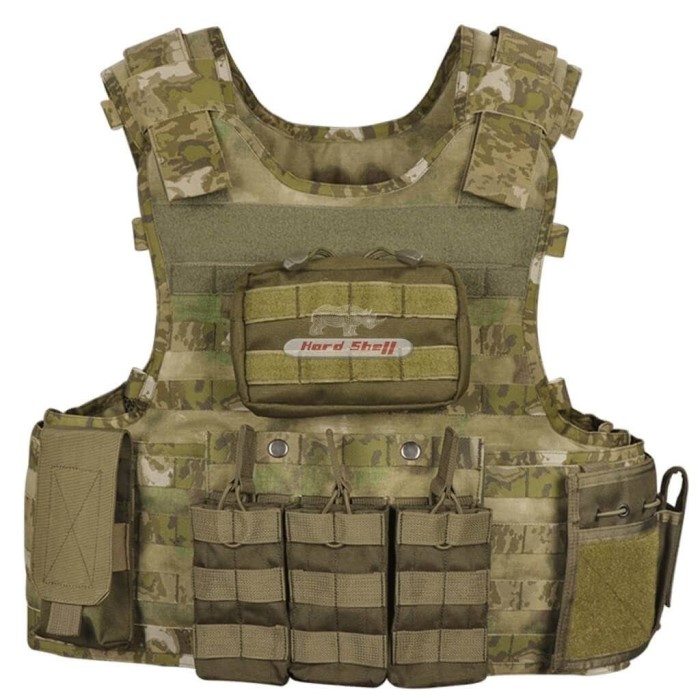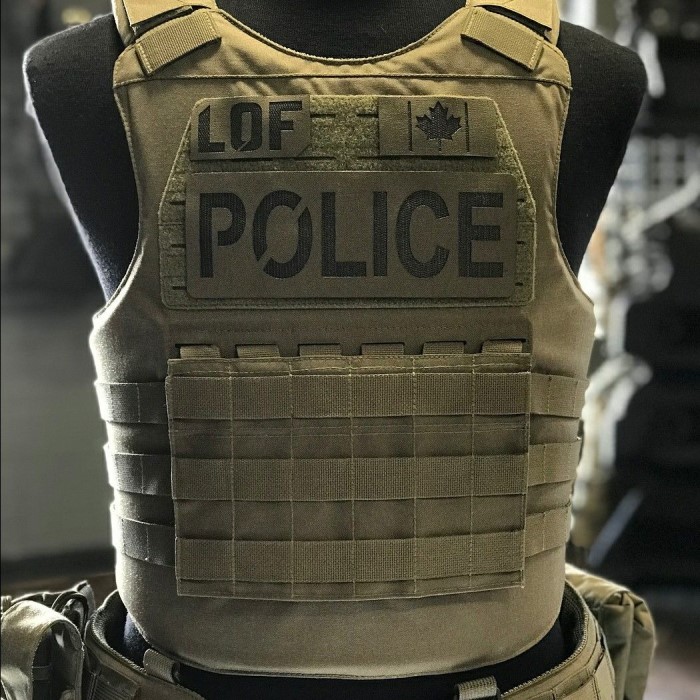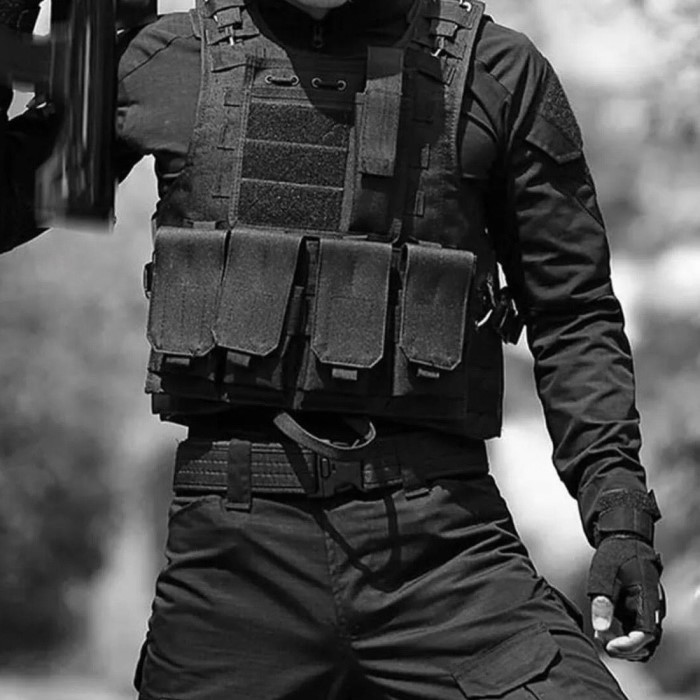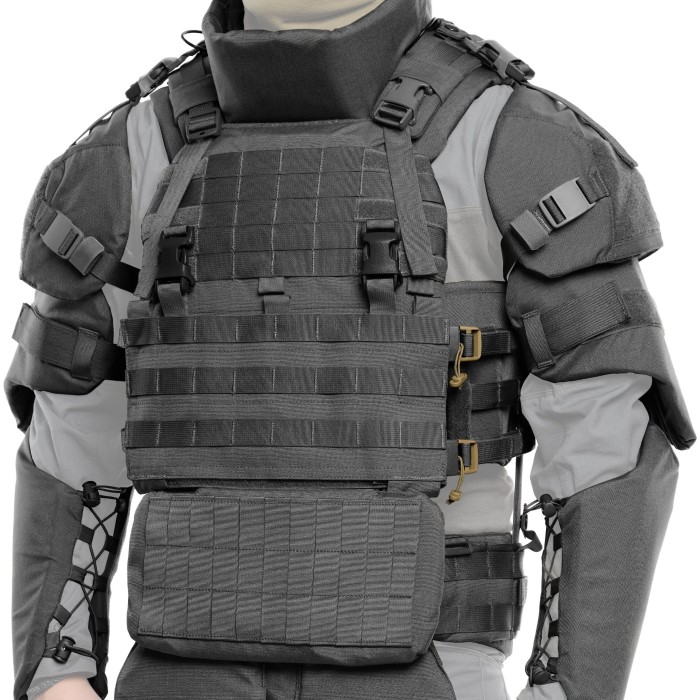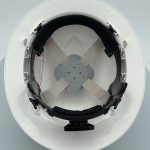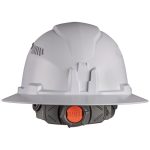Introduction: The Genesis of the Bulletproof Vest
The bulletproof vest symbolizes protection and safety, vital for military personnel, law enforcement officers, and civilians alike. Understanding bulletproof vest invented allows us to appreciate its evolution and ongoing relevance. From its early iterations to modern designs fortified with advanced materials, this essential gear has transformed significantly over time, enhancing its effectiveness against various threats. This article will take you through the timeline of the bulletproof vest’s invention, development, and the role it plays in ensuring personal safety.
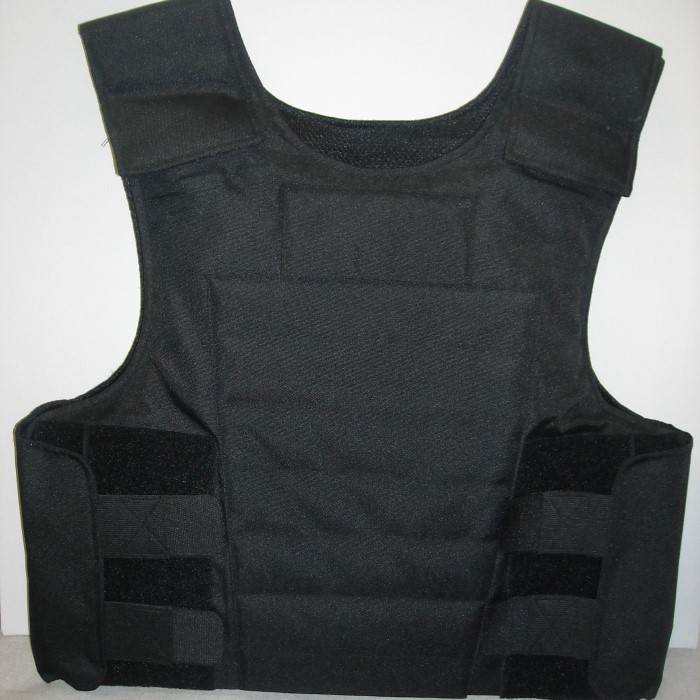
The Historical Context of Body Armor
To appreciate the invention of the bulletproof vest, we must first explore the historical context of body armor and how it evolved to meet the needs of its users.
1. Early Armor and Protective Gear
- Ancient Practices: The use of body armor dates back to ancient civilizations. Romans, Greeks, and Egyptians wore various armor types, often made from bronze, leather, and even chainmail. While effective against swords and arrows, these materials did not provide protection against modern ballistic threats.
- Medieval Advancements: In the Middle Ages, advancements in metalworking led to the creation of plate armor, which provided better protection but was heavy and cumbersome. These suits of armor, while effective against melee attacks, were not designed for firearms, which became more prevalent later on.
2. Transition to Modern Body Armor
- 19th Century Innovations: The 19th century marked the beginning of a new era in protective gear. Innovations in fabric and material technology began to emerge, leading to lighter and more flexible options. During this time, early experiments focused on using materials that could absorb the impact of projectiles.
- Introduction of Kevlar: A significant breakthrough in body armor design occurred with the invention of Kevlar in the 1960s by chemist Stephanie Kwolek. Kevlar is a high-strength synthetic fiber that provides excellent resistance to ballistic threats. Its discovery was pivotal in the development of the modern bulletproof vest.
The Invention of the Bulletproof Vest
As the demand for personal protection grew, particularly among law enforcement and military personnel, the bulletproof vest was born.
1. Commercial Development
- First Bulletproof Vests: The first commercially available bulletproof vests appeared in the 1970s. Developed using Kevlar, these early designs focused on providing protection against handguns. They were a game-changer for police officers who faced increasingly dangerous situations.
- Growing Adoption: As crime rates and violent encounters involving firearms rose, police forces around the country began adopting bulletproof vests. By emphasizing the need for personal safety, this move highlighted the vest’s importance in law enforcement policies.
2. Public Myths and Realities
- The Pizza Guy Legend: A popular urban legend suggests that the original bulletproof vest was invented by a pizza delivery person seeking protection during work. While the story is amusing and reflects a certain truth about the necessity of such gear, it oversimplifies the historical development of body armor, which involved research and innovation from various engineering experts.
- Reality of Invention: The modern bulletproof vest resulted from collaborative efforts in the fields of materials science and design. While many individuals contributed to its development, the myth of the pizza guy does not accurately capture the complex history behind this life-saving equipment.
Evolution of Bulletproof Vests
Since their inception, bulletproof vests have evolved significantly based on technological advancements and user needs.
1. Technological Innovations
- Advanced Protection Features: Over the years, manufacturers have incorporated various protective features into bulletproof vests. Modern vests may consist of multiple layers designed to stop a more extensive range of threats. Improvements in materials have led to lighter and more comfortable vests without sacrificing safety.
- Modular Designs: Contemporary bulletproof vests often come with modular designs that allow users to adapt their protection based on specific situations. This flexibility is critical for law enforcement and military personnel who might face differing levels of threats.
2. Integration of Smart Technology
- Smart Body Armor: Recent advancements have led to the development of smart vests equipped with sensors that monitor the wearer’s condition. For instance, these vests may provide real-time data such as heart rate, temperature, and even alert systems for emergencies.
- Improved Comfort and Fit: Significant efforts have been made to ensure that modern vests are not only protective but also comfortable. Ergonomic designs, coupled with adjustable straps, enable users to wear these vests for extended periods without pain or discomfort.
Current Relevance of Bulletproof Vests
Bulletproof vests continue to hold significant importance across various sectors, with their designs evolving to meet present and future demands.
1. Military Use in Contemporary Contexts
- Standard Equipment: In military operations, bulletproof vests have become standard issue. Soldiers use them to protect against an array of ballistic threats encountered in combat zones. Continuous modifications keep these vests effective against modern weaponry.
- Rigorous Training Standards: Military organizations enforce strict training and standards for the use of bulletproof vests. Compliance with these regulations ensures that personnel are equipped with cutting-edge protection to enhance their safety on the battlefield.
2. Growth Among Civilians
Increased Demand for Personal Protection
- Growing Awareness of Safety Concerns: In recent years, awareness surrounding personal safety has significantly heightened. Events such as mass shootings, violent crime spikes, and terrorist attacks have led individuals to reconsider their safety measures, pushing them to explore personal protective equipment, including bulletproof vests.
- Rising Crime Rates: In many urban areas, a rising trend in crime rates has created a sense of urgency among the public regarding personal safety. Individuals living in high-crime neighborhoods may feel vulnerable and turn to bulletproof vests as a means of self-defense, illustrating a clear shift in consumer behavior toward protective equipment.
- Influence of Media and Social Trends: Media coverage of violent incidents and the portrayal of personal protection in movies and TV shows can reinforce the idea that individuals need to take their safety into their own hands. This cultural influence can drive demand for products like bulletproof vests, as consumers seek to emulate perceived safety practices.
- Demographic Shifts: A diverse range of demographics, including parents, outdoor enthusiasts, and security-conscious individuals, are showing increased interest in bulletproof vests. This trend reflects a broader societal movement toward prioritizing safety for oneself and one’s family in uncertain times.
- Commercial Availability: As demand grows, the availability of bulletproof vests tailored for civilian use has expanded. Many retailers now offer vests designed not just for law enforcement but for everyday citizens, catering to the growing market and encouraging more individuals to consider purchasing protective gear.
Understanding of Regulations
- Importance of Local Laws: Potential buyers must be cognizant of their local laws regarding the ownership, sale, and use of bulletproof vests. Regulations can vary significantly from one state or country to another, impacting whether individuals can legally purchase or wear these products.
- Legal Restrictions on Ownership: Some regions may impose restrictions on the ownership of bulletproof vests, particularly for individuals with criminal backgrounds or specific types of offenses. Understanding these regulations is key to ensuring that buyers comply with local laws and do not inadvertently violate them.
- Usage Guidelines: In addition to ownership regulations, there may be specific guidelines governing where and how individuals can wear bulletproof vests. For example, some jurisdictions may have laws prohibiting the wearing of such gear in certain public spaces, such as schools or public events, making awareness of these rules essential for potential owners.
- Consulting Local Authorities: Before purchasing a bulletproof vest, individuals are encouraged to consult local law enforcement or legal experts to clarify any questions regarding regulations. This proactive step helps ensure that they are fully informed about their rights and responsibilities related to personal protective equipment.
- Impact on Purchases: A clear understanding of regulations can influence consumer decisions. Knowledge of potential legal restrictions might either encourage individuals to proceed with a purchase (if regulations are favorable) or deter them from investing in bulletproof vests if the legal environment is too restrictive.
FAQs About Bulletproof Vests
When was the bulletproof vest invented?
The modern bulletproof vest was first commercially available in the early 1970s, developing from innovations in materials science and fabric technology.
Was the bulletproof vest invented by a pizza guy?
While the story of a pizza delivery man inventing the bulletproof vest is a popular myth, the truth is that the vest resulted from extensive research and collaboration among materials scientists and engineers.
Who invented the modern bulletproof vest?
The modern bulletproof vest was developed by various innovators, particularly during the 1960s and 1970s, with support from scientists who created Kevlar.
Why didn’t WWII soldiers have bulletproof vests?
Soldiers in World War II did not have bulletproof vests due to the limitations of materials technology at the time. The focus was on heavier metal armors, which were impractical for the fast-paced dynamics of warfare.
Conclusion: The Ongoing Legacy of the Bulletproof Vest
The bulletproof vest invented in the 1970s has had a profound impact on personal and professional safety over the decades. Its evolution reflects significant advancements in material technology, safety standards, and user needs. As society continues to face new threats, the importance of bulletproof vests remains undeniable.
Understanding the history of this life-saving gear allows us to appreciate its role in protecting those who serve and protect us. The ongoing developments in design and technology promise a safer future for individuals across various sectors, from military personnel to everyday citizens.
By staying informed about the latest advancements and regulations, users can make educated decisions regarding their protection needs. The commitment to enhancing personal safety through innovative protective gear is a testament to the ongoing evolution of the bulletproof vest.
This comprehensive exploration of the bulletproof vest’s history and its future underscores the importance of this critical piece of equipment in maintaining safety and security in our increasingly complex world.
